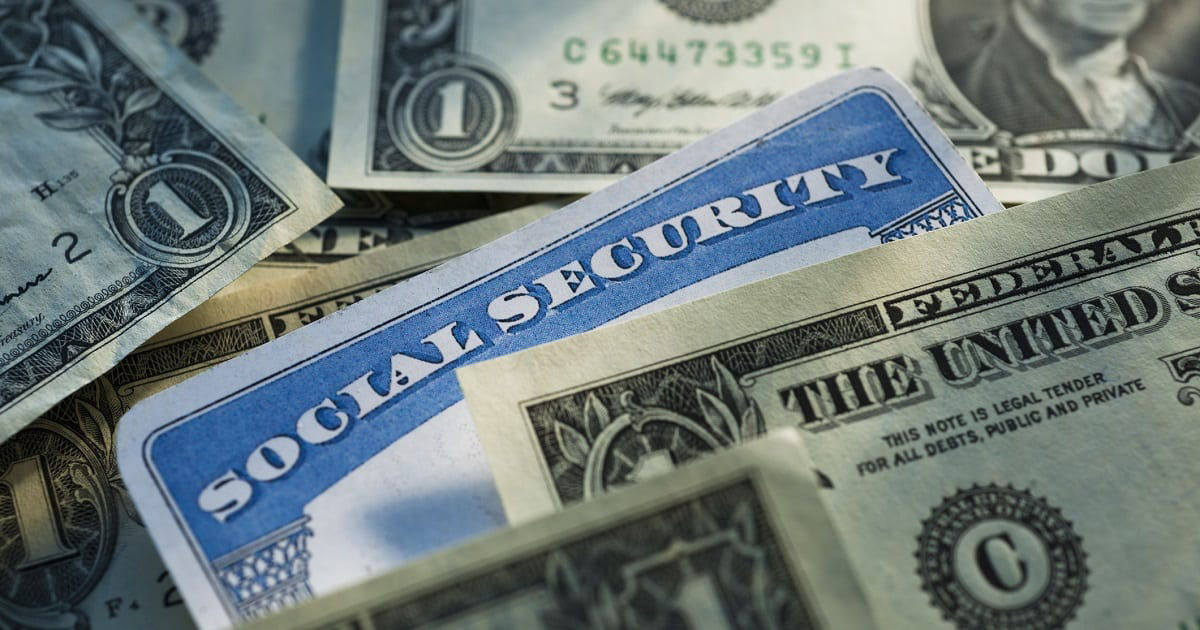SHOULD I CONSIDER A PHASED RETIREMENT?
It’s an option that allows for a gradual transition into retired living.
Article published: March 13, 2023

The day after you retire marks the beginning of a new chapter in your life, and the end of an old one. Quite often, after having a job for most of your life, that initial transition from full-time employment into retirement will feel rather abrupt. And despite how much you may have fantasized about your post-work life, the realities of that first Monday morning without a job – and a regular salary paycheck – can be unsettling.
Instead, what if there was a way to gradually transition into your retirement years? That solution may be available in the form of a “phased retirement,” or “partial retirement,” a growing trend in retirement planning.
The nature of retirement is changing
Long ago, most people thought of retirement as the natural order of things, taking that step once they were no longer able to perform the duties of their job. In the last century, this evolved to a general expectation of working until you’re about the age of 65, then living off of a pension and Social Security benefits. But as pensions become less common, and the prospect of living into your 90s or longer becomes more realistic, many people are now looking at retirement differently.
At the same time, the pandemic brought seismic shifts to the world of work. The “great resignation” changed the dynamic for countless workplaces, with many employees seeking better opportunities and greater flexibility. While some people chose to leave the workforce early and avoid the risks and uncertainty that came with working in a global pandemic, those who weren’t close enough to retiring began to rethink their timelines. Many have started to look at extending their time in the workforce to ride out the down market and retire during a more favorable environment. As a result, the workforce participation rate among those 65 or older has surpassed 20% for the first time in over 50 years.1
On the other hand, many workers at or near the retirement age are simply not ready to stop working entirely. The sudden transition from a 9-to-5 job to complete freedom can be jarring in both an emotional and financial sense. Phased retirement provides a happy medium in which workers can slowly step back from their positions and ease into retirement age.
So, what does a phased retirement look like?
Also known as a partial retirement, a phased retirement consists of a gradual exit from the workforce, rather than the standard final-day departure. That could mean:
- Working part time
- Taking on seasonal work
- Freelancing for clients
- Becoming a consultant
- Starting up your own business.
A phased retiree receives partial income from their reduced work schedule and supplements their income by beginning to take retirement account withdrawals.
What are potential benefits of a phased retirement plan?
Phased retirement offers many benefits, but the specifics of the plan can be complicated. Finding the right phased retirement arrangement for you will depend on the age you plan to retire at, your employer and a myriad of other factors. Each of these factors may influence your decision and must be considered before deciding on a retirement plan.
A phased retirement period can provide a trial run for the rest of your life
The dream of retirement looms large throughout our work years. You may imagine your retirement as an ideal life of leisure: Golfing every day, beautiful beach vacations, seeing Broadway shows. However, when planning how you will spend the rest of your life, you must take a long-term approach because, for many people, the initial novelty of retirement ultimately fades.
Even if we don’t know it, our jobs and our workplace provide a kind of social life and give us a sense of community. Leaving that behind can be daunting. A phased retirement arrangement allows for a trial run at this entirely different style of living, to experience what it really means to live without work.
Phased retirement status might offer greater financial security
One of the goals of retirement planning is to try to achieve financial security – meaning you have enough money to pursue your goals and last you throughout your nonworking life. Phasing retirement not only helps you make the transition from your post-work life, but it may also provide you an additional stream of income to continue funding your retirement plan.
These earnings can also allow you to engage in some of the more pleasurable perks of retirement, which you may be unwilling to do if you’re just relying on account withdrawals. Many retirees maintain frugality in their early retirement, not because they need to but because throughout their lives, they’ve been conditioned only to save and not to spend. Maintaining employment, in whatever form it is, may grant you a greater sense of comfort in spending the money you’ve worked so hard to save.
If you’re looking to retire early, a phased retirement plan can help extend your health and social security benefits
If you plan to retire before 65, the age at which you are eligible for Medicare, a phased retirement may allow you to continue to receive health insurance from your employer benefits to avoid a gap in coverage.
It can also help you with Social Security planning. Each month in which you draw Social Security money before the full retirement age will reduce your overall benefits. Income from a part-time job can help cover costs you might otherwise pay for with your benefits, allowing you to avoid drawing Social Security too early.
Some employers have begun to offer a phased retirement program
Around 23% of employers are offering some type of formal, voluntary phased retirement programs, according to a 2021 survey.2 And that number doesn’t include the phased retirees who have asked for part-time or seasonal work, outside of a formal program. This trend is likely to continue because phased retirement is often beneficial for employers, maintaining steady labor while cutting down costs and avoiding the expensive process of onboarding a new employee.
For those who don’t offer a phased retirement program, there are still several options to lessen the difficulty of transitioning from work to retirement. Consider asking for part-time work or to be being hired by your firm as an independent contractor, where you can make your own work schedule.
You could also consider starting up a new business, which may provide some tax advantages, and in some cases, may also allow you to continue building your retirement savings, using a Simplified Employee Pension or solo 401k.
Are there any downsides to voluntary phased retirement?
While a phased retirement plan can have many benefits, these plans also come with some drawbacks. For instance, one of the biggest downsides of working part time is that most employers only offer health benefits to full-time employees. If you are not yet eligible for Medicare, this could mean paying for health care out of pocket.
Additionally, some pensions and life insurance policies are based on your average salary over your last few years of employment. Reducing your work hours (and therefore paychecks) with a phased retirement plan could mean lower payments from these sources.
Is phased retirement right for you?
Slowly stepping back from work might not be the right move for everyone. However, you might benefit from phased employment if you:
- Enjoy the work you do and want to keep it in your life
- Want to find and train a successor for your position
- Are concerned about market volatility and prefer to work until you’re comfortable that your retirement income will be sustainable
- Like the idea of becoming a freelancer or consulting with your current employer
- Have a health issue or disability that makes working full time difficult
- Are looking for additional income to avoid withdrawing from Social Security or retirement accounts
- Just want to “dip your toe” in retirement before you dive into the deep end
Phased retirement will require more planning
A phased retirement can be complicated, particularly when it comes to setting a timeline and determining a sustainable withdrawal rate from your retirement account. Consider meeting with a financial planner to discuss all your options and to map out what a phased retirement would look like.
1 U.S. Bureau of Labor Statistics (2022). Labor Force Statistics from the Current Population Survey: Household Data Annual Averages. Retrieved February 1, 2023, from https://www.bls.gov/cps/cpsaat03.htm
2 WSJ. (2022). Part-Time Retirement Programs Are on the Rise. Retrieved February 2, 2023, from https://www.wsj.com/articles/part-time-retirement-programs-are-on-the-rise-11647336602
The co-hosts of Everyday Wealth receive cash compensation for acting as hosts of the Everyday Wealth™ podcast and for related activities and therefore has an incentive to endorse Edelman Financial Engines and its planners. That compensation is a fixed sum paid on an annual basis; and reimbursement for certain expenses. The amount paid each year does not vary, is not based on show content or any results-dependent factors (e.g., popularity of the show).



